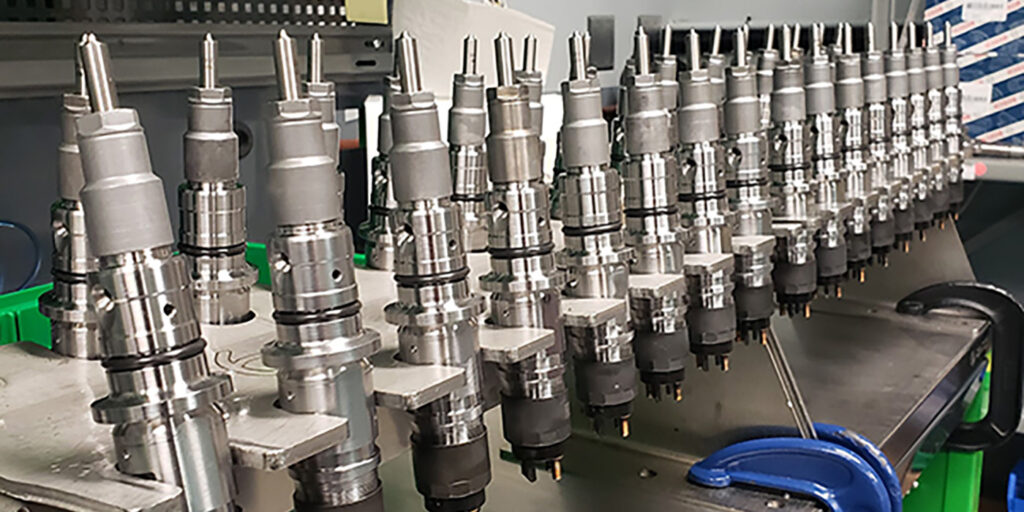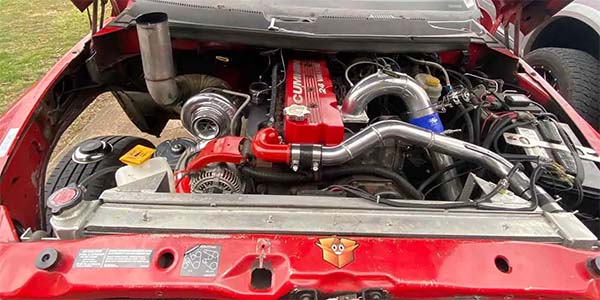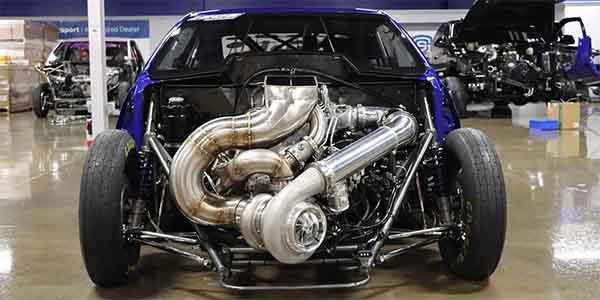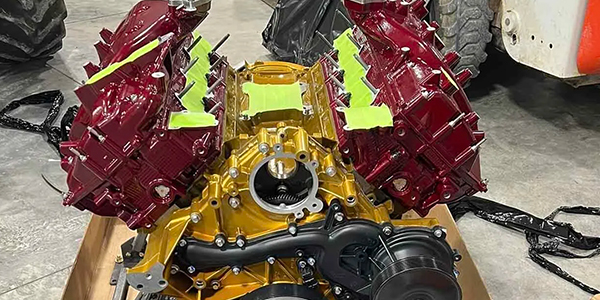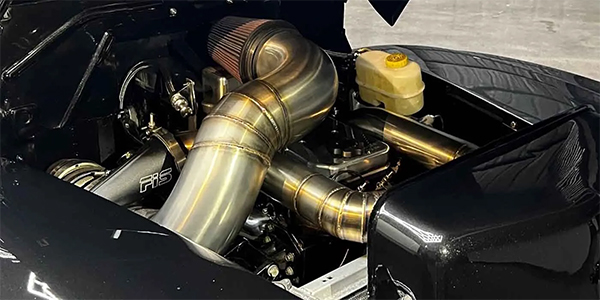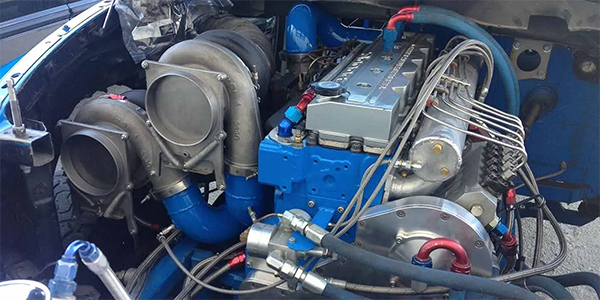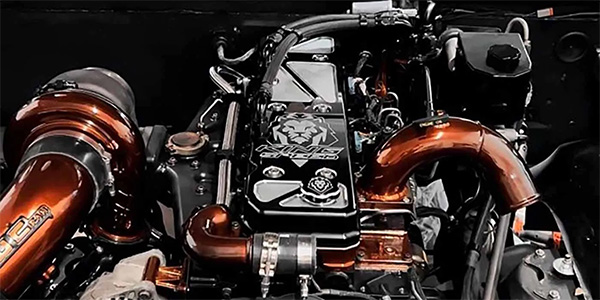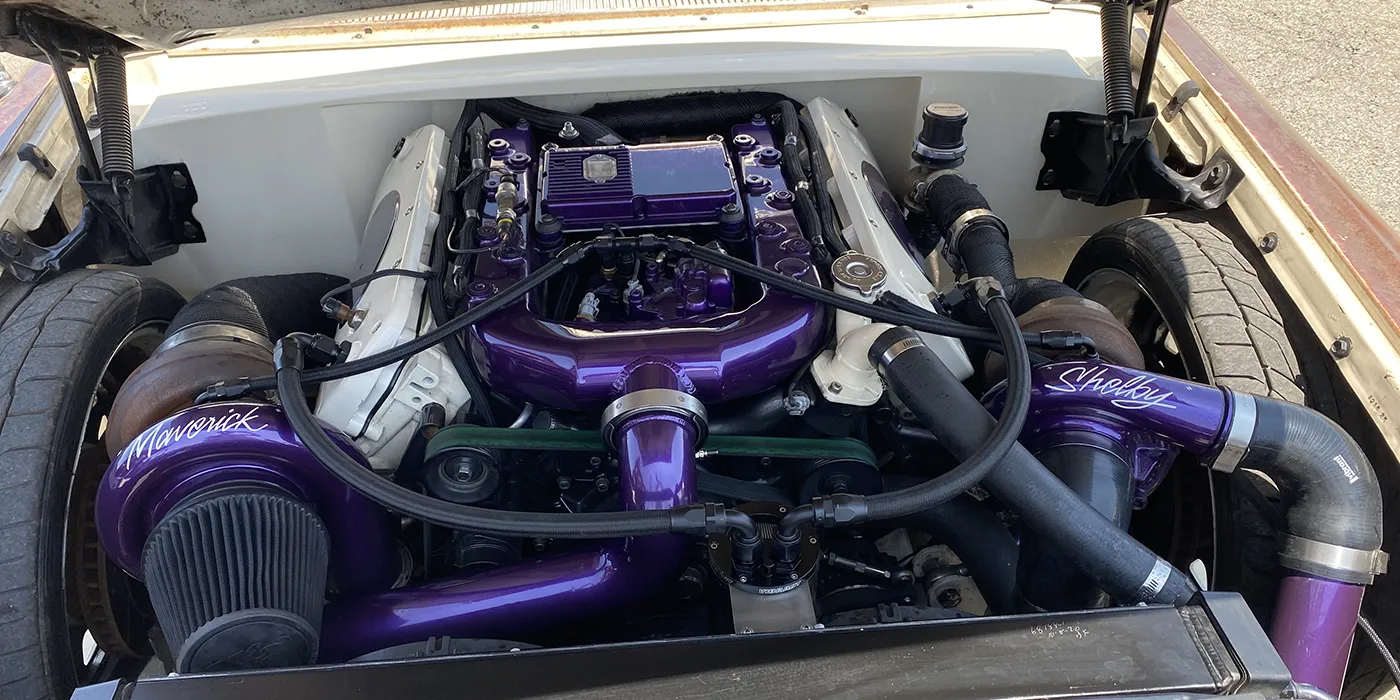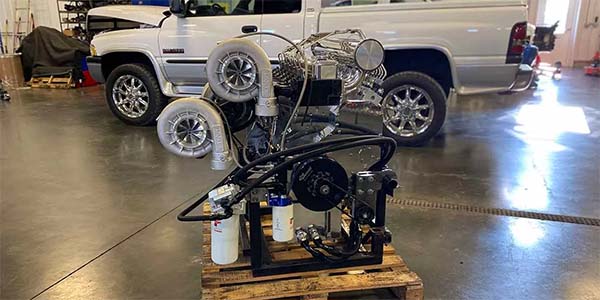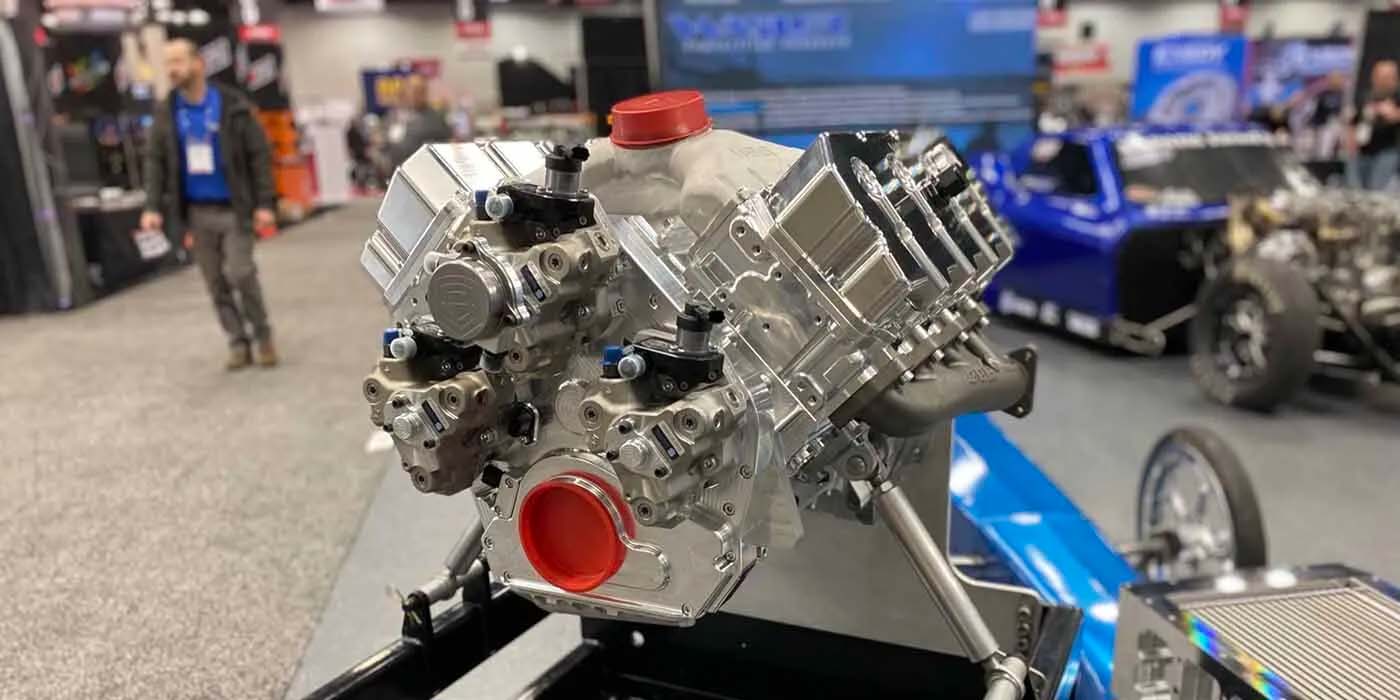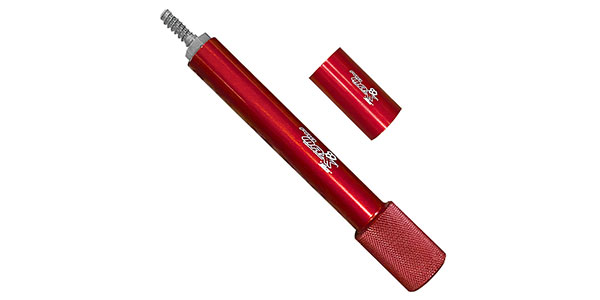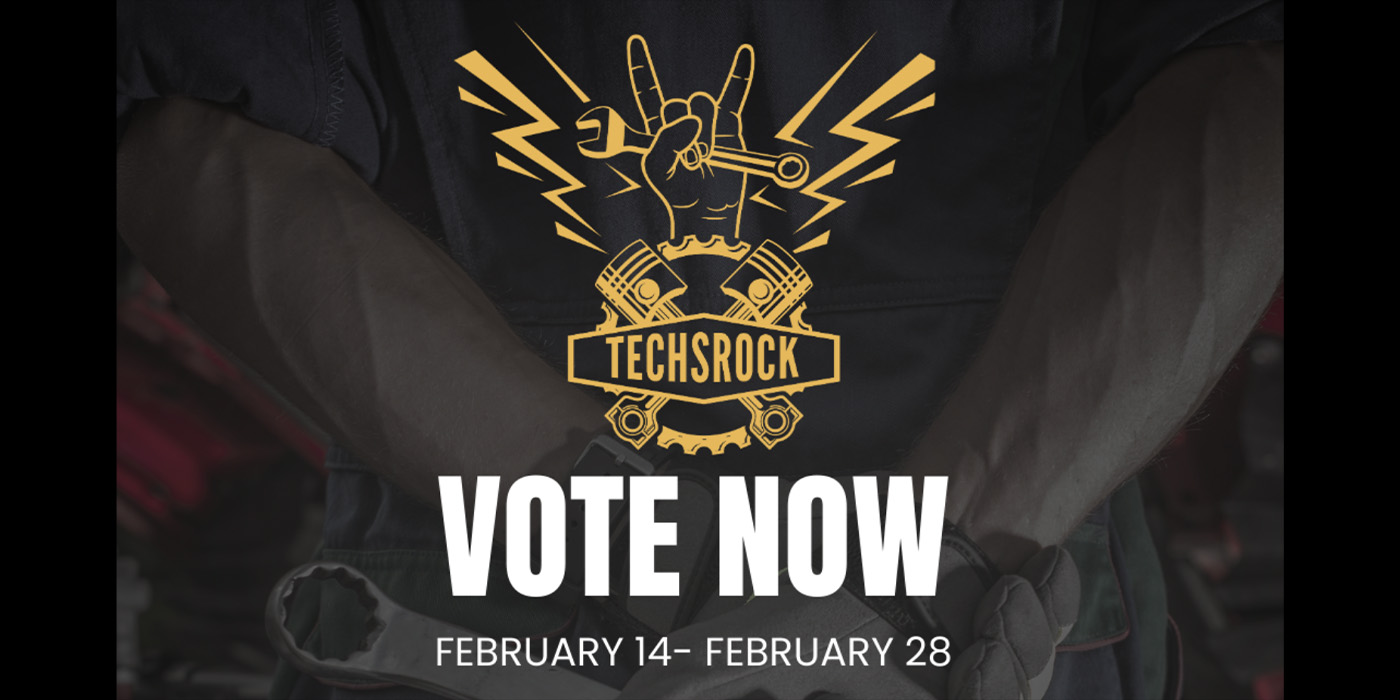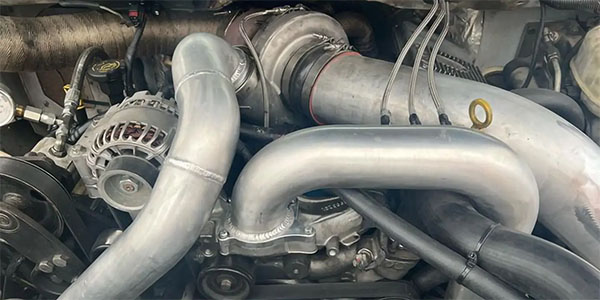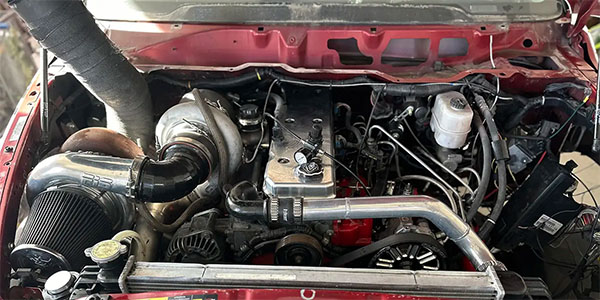Today’s diesel world is a much different place than the diesel world of just 5-10 years ago, let alone any further back than that. A lot has changed in terms of diesel performance and the things engine builders have been able to make diesel engines capable of. Obviously, a key ingredient to maximizing peak performance in a diesel engine is increasing the amount of diesel being burned. Many diesel trucks looking for high performance gains today run more capable injectors and utilize several fuel pumps in order to keep fuel supply at the ready.
With old, mechanical injection engines, you had to modify the injectors and/or the injection pump. New electronic injection systems have several ways to increase the fuel going into the cylinders, but ultimately, power production still comes down to the mechanical limitations of the injection components.
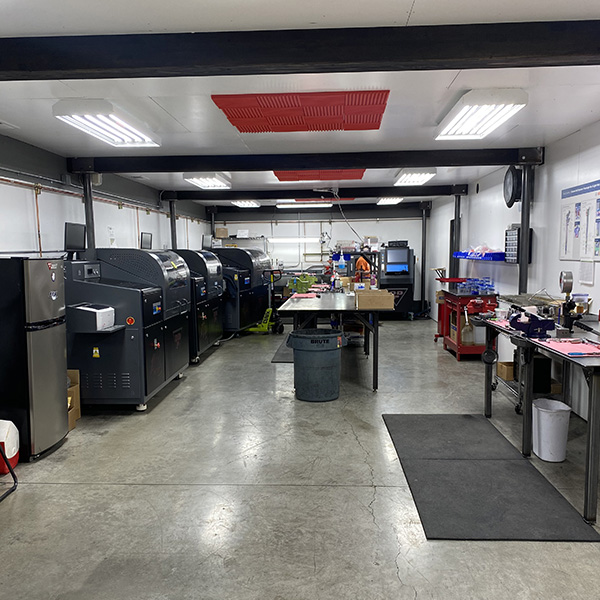
“There’s always a gross quantity of fuel that you have to burn in order to make X amount of power,” says Lenny Reed, owner of Dynomite Diesel Products. “With lower pressure injection systems, the spray orifices had to be quite a bit bigger in order to get that quantity large enough to make the desired output. With today’s stuff, in the performance side of the world, we’re getting up to 240 MPa (nearly 35,000 psi) for injection pressure, and you can achieve a lot of quantity using that kind of pressure instead of using just big spray orifices.”
Something Reed also points out about diesels today, is that they run cleaner than diesels of just a few years ago. That’s also thanks to new injector changes.
“If you notice diesel trucks going down the tracks today compared to even three or four years ago, the smoke used to be a lot more,” Reed says. “I can remember not being able to see the scoreboard at the end to see who won or lost. Today, guys will spool up, stage and they take off and it’s clean the entire way down the track. A lot of that is due to the fact we’re using smaller spray orifices with higher pressure and still getting the desired amount of quantity to make the vehicle do whatever mph we need it to do. That’s one of the biggest differences now.”
The landscape of diesel injectors includes HEUI, mechanical and common rail, and while common rail systems have been the new standard, it seems mechanical injectors aren’t going away any time soon. In fact, Reed says the mechanical bodies out sell common rail at Dynomite Diesel Products (DDP).

“We’re selling about 2,000 injector bodies a month for mechanical injection, and we’re selling about 1,200 common rail bodies a month,” he says. “With the delete game that used to be super popular now going away, people are now trying to figure out how to keep the pre-DPF stuff on the highway more. I think that’s what’s driving all of the mechanical injection sales back up. In the past six months, we’ve almost doubled in mechanical injection sales.”
No matter what injectors you’re running, DDP is set up to help custom tailor your injectors to your horsepower goals and application.
“Now that we’ve got the EDM, we can put whatever number of holes we want in there,” Reed says. “We can make those holes exactly what size we need. We can custom tailor anybody’s fuel injection system. Walking away from mechanical injection for a while, and then coming back to it, it’s fun because I’ve learned so much about the whole injection process, pressure, duration, and timing. Now that I’m working on mechanically injected stuff a lot again, the stuff runs way better than it ever has.”
Helping those injectors deliver fuel better, and ultimately pay off in performance, are the injector’s hole count, hole size, spray angle, and a few other factors. DDP modifies the nozzle and needle valve to achieve best results.
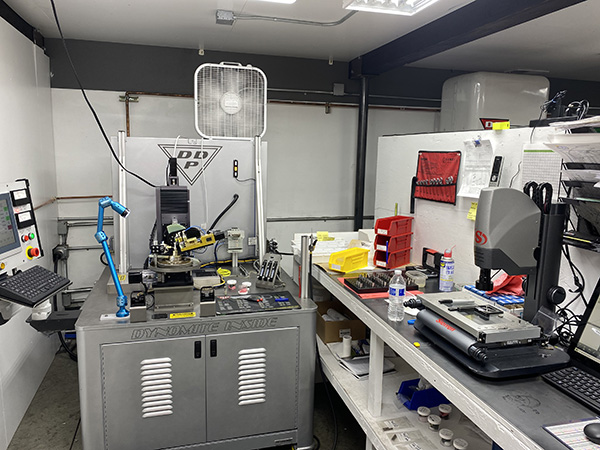
“Inside of the injector bodies, there’s a lot of shims and calibration adjustments that you can do to change where things come on,” Reed says. “You can dump the fuel to it right out of the gate, or you can bring the fuel in on slower, more linear curves. Depending on the application, that’s how you set up your body.
“On the mechanical side, one of the things that used to get overlooked the most was the needle valve. Some people will cut the end of the needle valve off to get more quantity out of it. But, when that needle valve is just nipped off the end, if you take too much off, they start leaking real bad. With all of the stuff we’re making for blanks, there’s a lot of different designs, steps and shapes you can do to the needle valves in order to get them to atomize fuel correctly. You can change quantity of fuel based off a needle valve diameter. It’s something we’ve been watching for a few years now.”
When it comes to hole size, Reed says bigger is not always better. In fact, the smaller the hole, the better the fuel atomization.
“If you compare a V8 to an inline six, you’ve got eight injectors instead of six,” he says. “The V8 gets away with a smaller quantity per injector because they’ve got more injectors period. With a truck pull application, where they’re limited on air and they have to use the excess fuel to help quench the EGT back down, they will use a much, much bigger fuel system than needed at that power level. Along those same lines, at the same horsepower level, a sled pull truck is going to require a much bigger injector than a drag truck with unlimited air or nitrous.
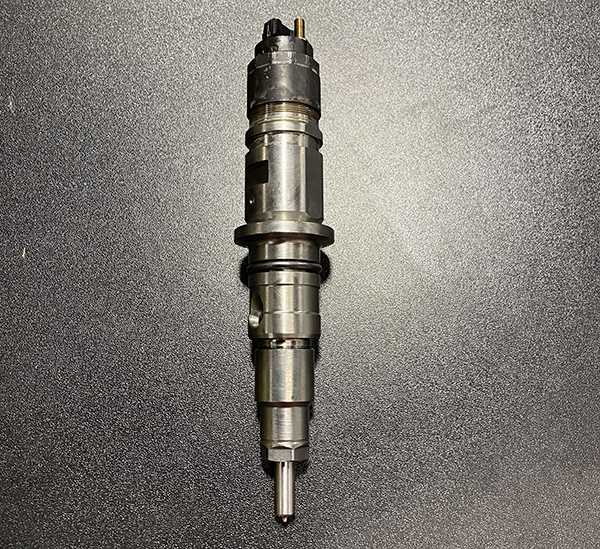
“If you’ve got an engine that spins 3,000 rpm, you’re going to want your hottest tune to be about 2,500 microseconds. No more. If the goal is 600 horsepower at 2,500 microseconds, you can get away with a 30% nozzle. That is one of the most common injectors we sell.
“If you’re going to spin 4,000 rpm, then your piston speed goes way up and the duration or dwell time at the top goes way down. Now at 4,000 rpm, you really need to be in the 2,000-2,100 microseconds range, and that’s going to require a bigger injector. You might be in a 60% over to make that same 600 horsepower.
“Now, if you’ve got a UCC truck or a sled pull truck that has enough turbo to support 5,500 rpm, you want an injector that is going to allow you to make that kind of power down around 1,200-1,400 microseconds, which could utilize the biggest injectors we make around 850% over.”
Something to note about percentage over as it relates to injectors is that, according to Reed, those sizes aren’t universally the same from manufacturer to manufacturer.

“With percentage over, we get customers that call up and ask us for a 5×12 or a 400% over, and truthfully, if there was a way I could get everybody on the planet to unite on testing procedures, so we can all talk in one lingo, that would be amazing,” he says. “A 200% over from Dynomite might not be a 200% over from S&S or Exergy or Industrial Injection, or anybody else. When you call up and you want a 200% over, it’s really not talking in the same lingo. If I know you’re trying to make X amount of power, then I can recommend a certain size injector from us.”
To remedy having customers guess what size injector they need or giving them all the options to choose from, DDP designed a custom injector order form on its website. The very first question is how much horsepower they’re trying to achieve.
Another thing DDP has done to help its customers achieve their goals has been the use of injector pilot holes, which the company patented last year.
“The reason we do the pilot hole is because the smaller the spray orifice, the higher the injection pressure and the better the atomization,” Reed says. “If we can do multiple hole sizes in the nozzle, each hole size has a certain rpm where it’s going to find its sweet spot at.

“With the standard mechanically injected stuff, you’re just going to have five or six holes at whatever diameter they are. It’s going to run really good from this part of the tachometer to that part of the tachometer and it may suffer in other parts of the tach.
“With the pilot hole theory, it seems they start better, they get better fuel economy, the throttle response is better, they drive a lot more like common rails, and you’ve still got your big holes for your gross quantity, so when you stand on the gas pedal, the fuel takes the path of least resistance and that’s the hole that takes over and starts to make the power.”
According to Reed, the pilot holes have been really successful in a lot of common rail applications and mechanical, but more testing is still being done.
“Now that we’re having good, quality blanks manufactured, we’re able to start testing a lot of full configurations,” he says. “We can test five holes, six holes, etc., because the more testing we put in, the better our product becomes. Hole count and hole sizing is a big deal. There is a lot about that K factor radius in which the fluid enters into that spray orifice, and the perfect K factor exists, but trying to measure it is very difficult. You basically get it to where your recipe is working exactly the way it needed to work, and you repeat that recipe every time.”

When it comes to something as important as your diesel engine’s injectors and fuel system, Reed points out that there are some simple things diesel owners can do to help themselves avoid issues. Namely, use fuel additives, check the water/fuel separator and make sure your injection pump can handle your expectations.
“Using fuel additives such as cetane as a regular practice is always a good idea,” he says. “It’s good for lubrication and any quality injector cleaner will help prevent premature issues. The water and fuel separator is something nobody ever drains. We get injector sets in daily for testing and if guys would just simply crack their water separator open once a month, they’d be doing themselves a big favor.
“Lastly, depending on the horsepower goal, the injection pump plays a big role. If you don’t have enough pump, then you can have the biggest injector on the planet and you’re still not going to make your power.”
This article is courtesy of Engine Builder.

